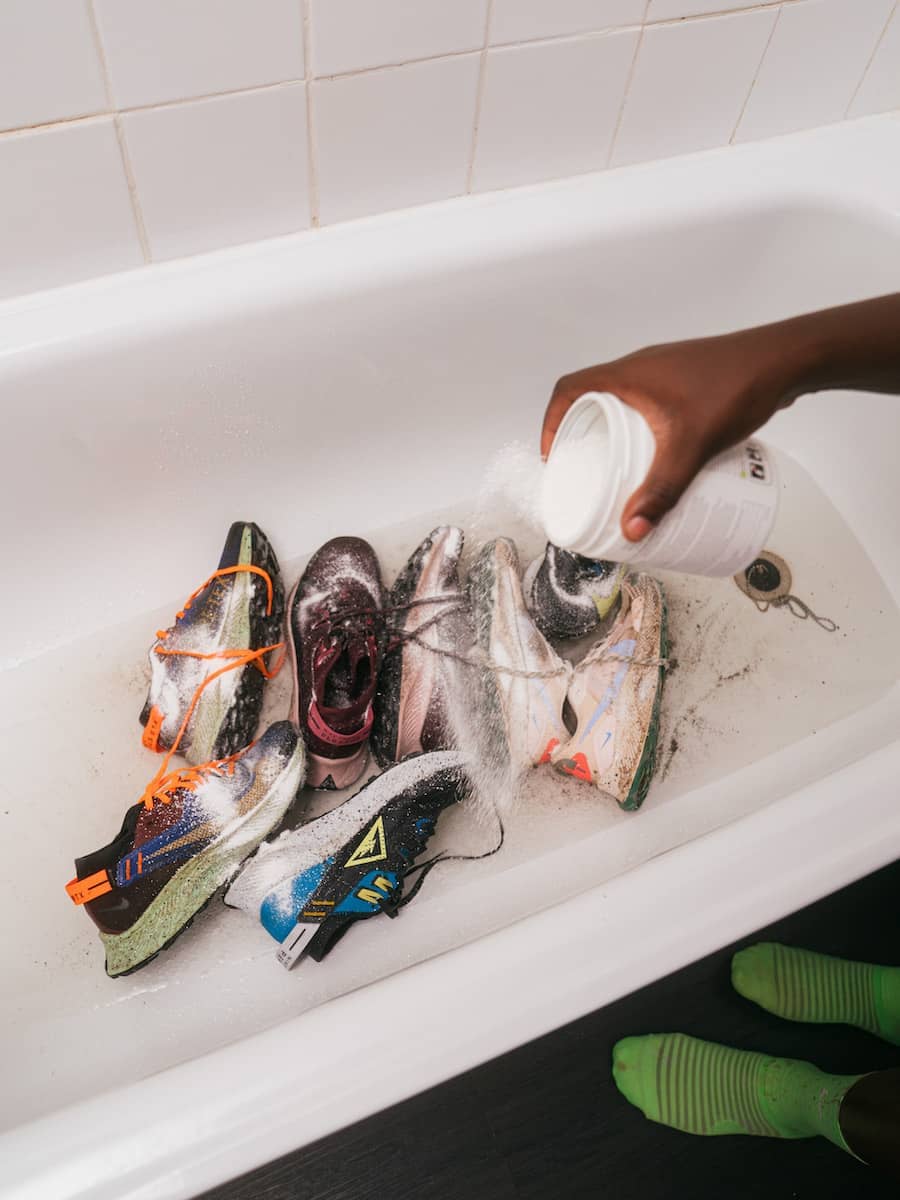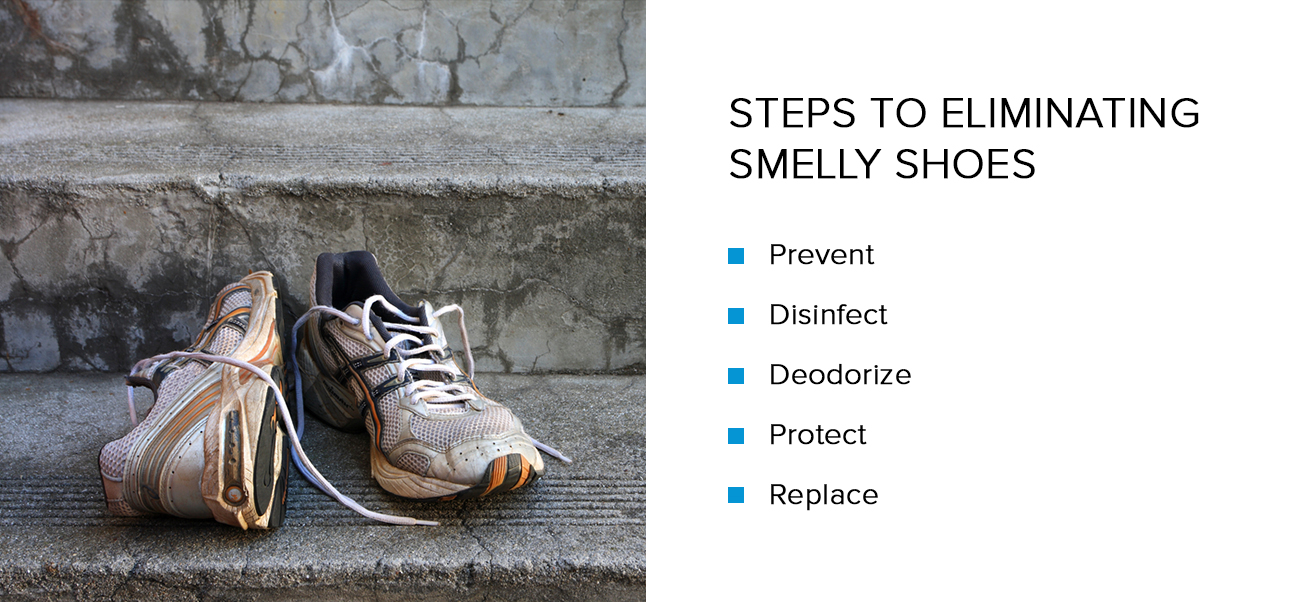Footwear provides essential protection and style but can often become a breeding ground for bacteria. With the average American owning around 12 pairs of shoes, it’s crucial to maintain cleanliness to ensure hygiene and prolong the lifespan of your favorite kicks. This comprehensive guide will walk you through practical strategies, popular products, and real-world experiences to help you effectively kill bacteria in shoes.
Understanding Bacteria in Shoes
The first step towards solving a problem is understanding it. Bacteria thrive in warm, dark, and moist environments, making shoes a perfect habitat. Here are some common types of bacteria you might encounter:
- Staphylococcus aureus: Often found in sweat, this bacteria can lead to skin infections.
- Escherichia coli: Usually harmless, but can cause serious infections if it gets into open wounds.
- Trichophyton: The fungi responsible for athlete’s foot, which can also thrive in shoes.
The Impact of Bacteria on Footwear
Cleaning your shoes doesn’t just keep your feet healthy. Neglect can lead to:
- Unpleasant odors
- Deterioration of shoe materials
- Increased risk of infections and foot conditions
How to Effectively Kill Bacteria in Shoes

1. Regular Cleaning: The First Line of Defense
Establishing a regular cleaning routine is crucial to minimizing bacterial growth.
Cleaning Techniques for Different Shoe Materials
| Material | Cleaning Method | Recommended Products |
|---|---|---|
| Leather | Wipe with a damp cloth and leather cleaner | Lexol Leather Cleaner |
| Canvas | Machine wash on a gentle cycle | Detergent with baking soda |
| Suede | Brush with a suede brush and use a suede cleaner | Scotchgard Suede Protector |
| Rubber | Scrub with soap and water | Dish soap |

2. Use Antimicrobial Sprays and Powders
These products are designed specifically to target and kill bacteria. Here are some popular options:
- Odor-Eaters Foot Powder: Absorbs moisture to keep feet dry and odor-free.
- Dr. Scholl’s Odor-X Antifungal Powder: Contains an antifungal agent making it perfect for athlete’s foot prevention.
- Gold Bond Powder Spray: A versatile option that provides a cooling effect while killing bacteria.

3. Natural Remedies: DIY Approaches to Bacteria Control
If you prefer natural solutions, consider these effective alternatives:
- Baking Soda: Sprinkling baking soda inside your shoes can help absorb moisture and odors.
- Essential Oils: Oils like tea tree or lavender have antibacterial properties and can freshen up your footwear.
- Vinegar: A solution of equal parts water and white vinegar can be sprayed into shoes to kill bacteria.

Case Studies: Real-World Footwear Experiences
Case Study 1: A Sneakerhead’s Journey
Meet Jake, an avid sneaker collector from Los Angeles. After noticing a musty smell in his beloved Air Jordans, he realized the importance of cleaning them regularly. By following a meticulous cleaning regimen and using Odor-Eaters Foot Powder, he managed to keep his collection in pristine condition while preventing odors.

Case Study 2: The Working Professional
Samantha, a corporate employee based in New York City, wore the same shoes daily for her commute. After developing a foot infection, she sought advice and started cleaning her shoes weekly and utilizing Dr. Scholl’s Odor-X Powder. The result? Not only did her health improve, but her shoes also looked new again!
Tips for Maintaining Shoe Hygiene
1. Rotate Your Footwear
Don’t wear the same pair of shoes every day. Rotating your footwear allows each pair to air out and dry, significantly reducing bacteria growth.

2. Choose Breathable Socks
Opt for moisture-wicking socks made of materials like merino wool or synthetic blends. These types of socks minimize sweat and help keep bacteria at bay.
3. Dry Shoes Properly
After wearing your shoes in wet conditions, make sure to dry them thoroughly. Using newspaper or a shoe dryer can help absorb moisture effectively.

4. Store Shoes Correctly
Avoid sealing shoes in an airtight container, as this can trap moisture. Instead, store them in a cool, dry place, preferably with silica gel packs to absorb excess humidity.
Pros and Cons of Various Methods
1. Antimicrobial Sprays
- Pros: Fast-acting, easy to use, and effective at killing bacteria.
- Cons: Some sprays may contain harsh chemicals that can damage materials.
2. Natural Remedies
- Pros: Environmentally friendly, often made from household items, and generally safe.
- Cons: May require more effort and time for effective results.
Comparing Popular Shoe Brands: Hygiene Features
| Shoe Brand | Model | Hygienic Features | User Rating |
|---|---|---|---|
| Nike | Air Max 270 | Moisture-wicking linings | 4.7/5 |
| Adidas | UltraBoost 21 | Antimicrobial insoles | 4.6/5 |
| New Balance | Fresh Foam 1080 | Odor-resistant technology | 4.8/5 |
| Puma | RS-X3 | Breathable mesh upper | 4.5/5 |
Successful Product Highlights
1. Odor-Eaters Instant Foot Spray
Highly reviewed on multiple platforms, this spray has received commendation for its fast-acting results and pleasant scent. It’s perfect for athletes and everyday users alike.
2. Dr. Scholl’s Odor-X Antifungal Powder
This product is particularly popular among those who wear shoes for long hours. Users report significant improvements in managing moisture and foot health.
FAQs About Killing Bacteria in Shoes
1. How often should I clean my shoes?
It’s recommended to clean your shoes at least once every two weeks or more frequently if you wear them in wet or muddy conditions.
2. Can I use bleach to clean my shoes?
Bleach can damage many shoe materials, so it’s best avoided. Instead, opt for a mild soap or specialized shoe cleaner.
3. Are there shoes that prevent bacteria buildup?
Some brands offer hygienic features, such as antibacterial linings, moisture-wicking technology, and breathable materials that help prevent bacteria buildup.
4. What is the best way to dry wet shoes?
The best method is to stuff your shoes with newspaper or use a shoe dryer to absorb moisture effectively without damaging the material.
5. How can I prevent foot odor?
Regularly cleaning your shoes, wearing moisture-wicking socks, and letting your shoes dry out will help prevent foot odor.
6. Is it possible to wash running shoes in the washing machine?
Many running shoes are machine washable, but it’s crucial to follow the manufacturer’s instructions to prevent damage.
7. How do I remove bacteria from insoles?
Removing insoles and washing them with warm water and mild soap can effectively eliminate bacteria.
8. Are vinegar and baking soda effective against bacteria?
Yes, both vinegar and baking soda possess antibacterial properties and can be used as natural cleaning agents for your shoes.
9. Is it necessary to use special products for cleaning shoes?
While many home remedies are effective, specialized products are often designed to target specific bacteria and odors more efficiently.
10. Can I use essential oils on my shoes?
Yes, essential oils like tea tree or lavender can effectively eliminate odors and have antibacterial properties.
11. What should I do if my shoes develop mold?
For mold removal, clean external surfaces with a mixture of water and vinegar, then dry them thoroughly and expose them to sunlight.
By following the strategies outlined in this guide, you can ensure your shoes not only look great but are also free from harmful bacteria. Remember, maintaining shoe hygiene is an essential part of foot health, so embrace these tips and enjoy your footwear longer!
For more detailed information about shoe maintenance, check this resource.